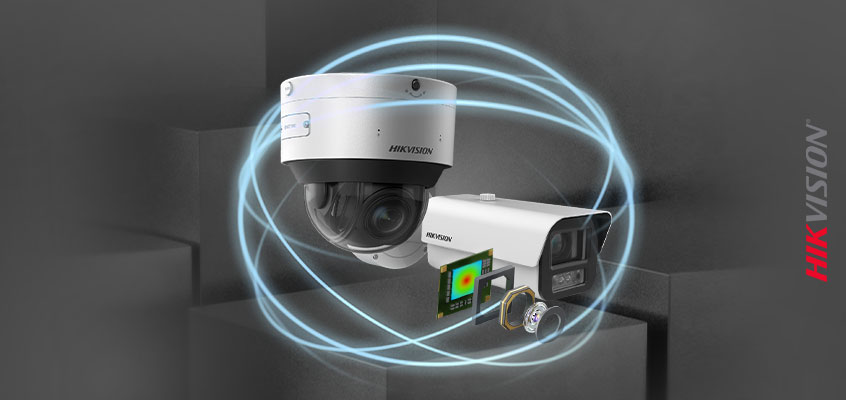Dual Light ColorVu Cameras Features Innovative PTRZ Technology for Simpler Installation and Anti-Reflection for Camera Longevity

Dome cameras are popular for many people looking to increase their security measures, from homes to businesses. It’s also important that these cameras allow for easy installation and high-quality images. Here at Hikvision, we understand the need for advanced technology and security systems to give you better peace of mind and performance. That’s why our Dual Light ColorVu Camera Series has a variety of options and applications. It includes 2 bullet models as well as 2 dome models with anti-reflection technology to eliminate some of the challenges with domes used in outdoor applications.
ColorVu and AI
With ColorVu technology and Artificial Intelligence (AI), you receive more reliable security. This is perfect for areas with blind spots needing additional coverage, and ColorVu offers high-resolution, full-color imaging, day and night. Plus, it offers a seamless 180-degree view for any location.
PTRZ Feature for Easy Installation
The PTRZ feature—which stands for pan, tilt, rotate, zoom—makes installation easier so you don’t have to haul out the ladder each time the camera needs adjusting. And since it doesn’t require as many technicians to install as other cameras, you can save time while ensuring your customers receive the best in security.
Anti-Reflection for Better Image Quality
With its anti-reflection properties, the Dual Light ColorVu Dome models avoid some of the challenges of similar models by not getting dusty or scratched over time, which can blur the images and produce lower-quality video. Anti-reflection allows you to place your dome camera anywhere without worrying about wear and tear. It’s a great addition to any home or business, indoors or outdoors. The anti-reflective design on the dome models separates the light so scratches or wear will not blur images, meaning a longer lasting dome camera for your outdoor application.
Learn more about our Dual Light ColorVu Cameras with PTRZ, anti-reflection, and low light technology on our website.
